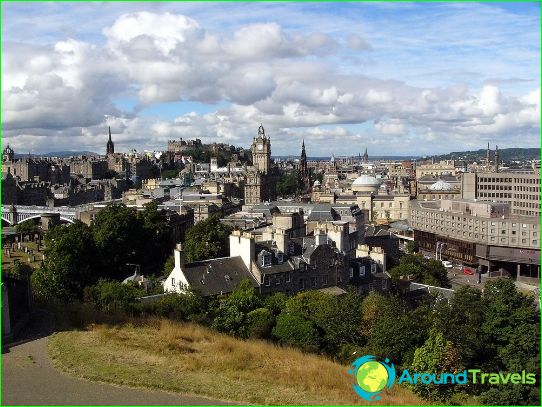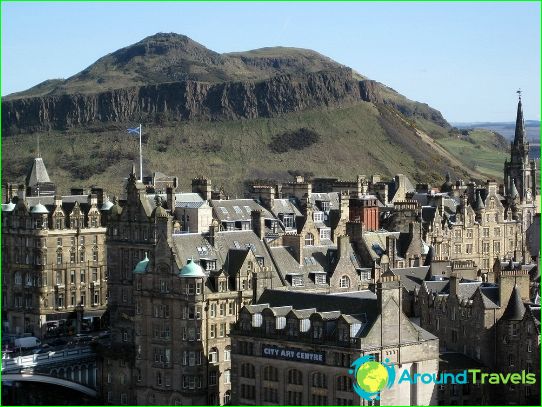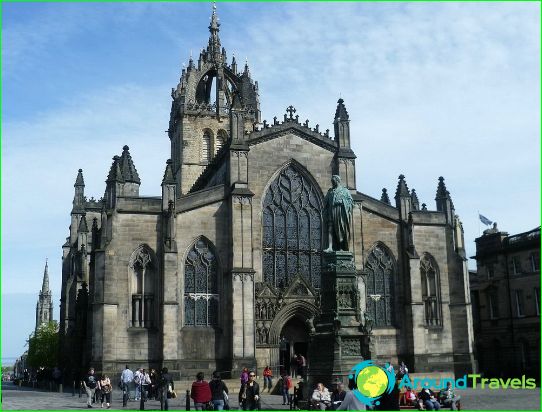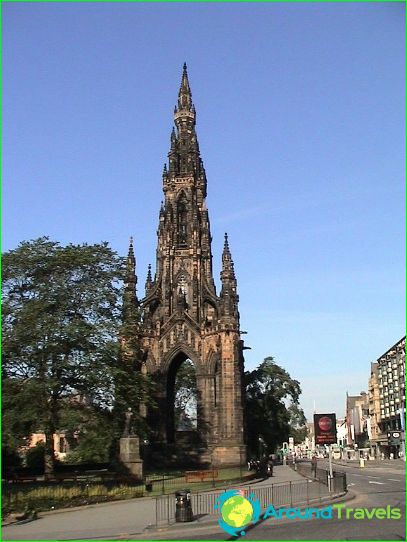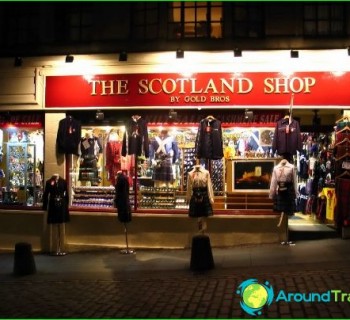History of Edinburgh

Coat of arms of Edinburgh
Located on the south coast of the Firth of Fort, Edinburgh is the capital and second most populous city in Scotland and the largest financial center in the UK after London..
Foundation of the city
The first settlements on the lands of today's Edinburgh existed in the Mesolithic era. The excavations also revealed the remains of settlements dating back to the Late Bronze and Iron Ages..
In the 1st century AD, when the Romans arrived in Lothian, a historical area in southeastern Scotland, a Celtic tribe of Britons lived here, which they named the Votadins. Already after the departure of the Romans in the 5th century A.D. On the territory of modern Lothian and the surrounding regions (the exact boundaries are not reliably known), there was the British kingdom of Gododin, founded, most likely, by the descendants of those very Votadins. Around the 6th century Gododinians built a fortress «Din eidyn» or «Etin», and although its exact location was not identified (the fortress could very likely be located both on Castle Rock, and on Mount Arthur, and possibly on Mount Calton), historians suggest that it was around it that Edinburgh subsequently grew up. In 638, the fortress was besieged by the troops of King Oswald of Northumbria and as a result was under the control of the Anglo-Saxons for more than three centuries, until in the middle of the 10th century it passed to Scotland. IN «Chronicle of the Picts» the fortress is referred to as «oppidum eden».
Middle Ages
At the beginning of the 12th century, Scotland as such did not yet exist. After David I ascended the throne in 1124, he initiated the founding of the so-called «royal burgh», which literally means «self-governing royal city» (which, of course, implied a number of special privileges). One of these «royal burgh» and became about 1130 Edinburgh.
Despite the constant claims from England and, as a result, protracted wars for the independence of Scotland, the city gradually grew and developed. After Scotland lost its main trading port of Berwick, most of the lucrative export flow was diverted through Edinburgh and its port of Lit. By the middle of the 15th century, the status of the city was firmly entrenched «capital Cities». In the same period, the construction of defensive fortress walls began, clearly defining the boundaries of the city, which today corresponds to the district «Old city». Since the fenced-in area was relatively small, the Old Town was characterized by very narrow streets and multi-storey buildings. In 1544, as a result of the attack of the British, the city suffered serious damage, but rebuilt rather quickly..
In the 16th century, Edinburgh became the epicenter of the Scottish Reformation, and already in the 17th century - the center of the Covenant movement (by this time Scotland was already in the so-called «Union of crowns» with England, although it still had its own parliament, located in Edinburgh). By the first half of the 18th century, Edinburgh is known as a major banking center, as well as one of the most densely populated cities in Europe with appalling unsanitary conditions, which was in no small part due to the excessive population growth in conditions of limited space (the fortress walls of the 15th century still strictly guard the borders cities).
New time
Large-scale construction begins in the second half of the 18th century «Of the new city» and Edinburgh is expanding substantially. Soon the city became the center of Scottish enlightenment, one of the brightest representatives of which was the world famous economist and philosopher Adam Smith. The 19th century was for Edinburgh «century of industrialization», although its rates were much lower than in Glasgow. As a result, Glasgow became the largest city in Scotland and its industrial and commercial center. Edinburgh remained the administrative and cultural center ...
Today Edinburgh is a popular tourist destination attracting millions of tourists from all over the world. The city is famous for a huge number of historical and architectural monuments, an abundance of entertaining museums and many cultural events. The famous Edinburgh Festival is the largest in the world among such annual events..
Pictures of Edinburgh
-
Coat of arms of Edinburgh
-
Edinburgh view
-
Edinburgh view
-
Edinburgh castle
-
Cathedral of St. Gilles
-
One of the buildings of the university
-
Monument to Walter Scott
-
Princess street
